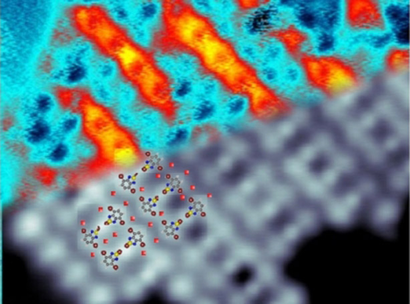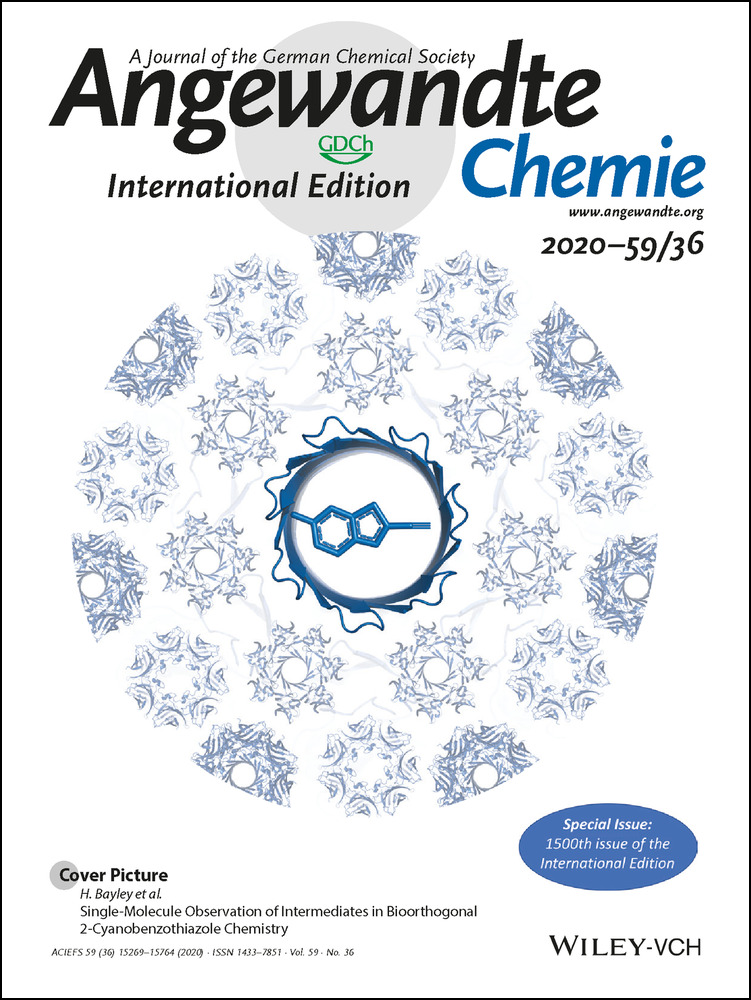Anisotropic Electron Conductance Driven by Reaction Byproducts on a Porous Network of Dibromobenzothiadiazole on Cu(110)
Graphical Abstract
Abstract
Efficiency in charge-transport is a fundamental but demanding prerequisite to allow better exploitation of molecular functionalities in organic electronics and energy-conversion systems. Here, we report on a mechanism that enables a one-dimensional conductance structure by connecting discrete molecular states at 2.1 eV through the pores of a metal–organic network on Cu(110). Two adjacent, periodic and isoenergetic contributions, namely a molecular resonance and the confined surface-state, add-up leading to anisotropic structures, as channels, observable in real-space conductance images. The adsorption configurations of Br atoms, inorganic byproduct of the redox-reacted 4,7-dibromobenzo[c]-1,2,5-thiadiazole (2Br-BTD) molecules on the copper surface, drive the confinement of the Cu surface state within the pores and critically control the channel continuity. Small displacements of the Br atoms change the local surface potential misaligning the energy levels. This work visualizes the effect of order-disorder transitions caused by the movement of single atoms in the electronic properties of two-dimensional organic networks.





